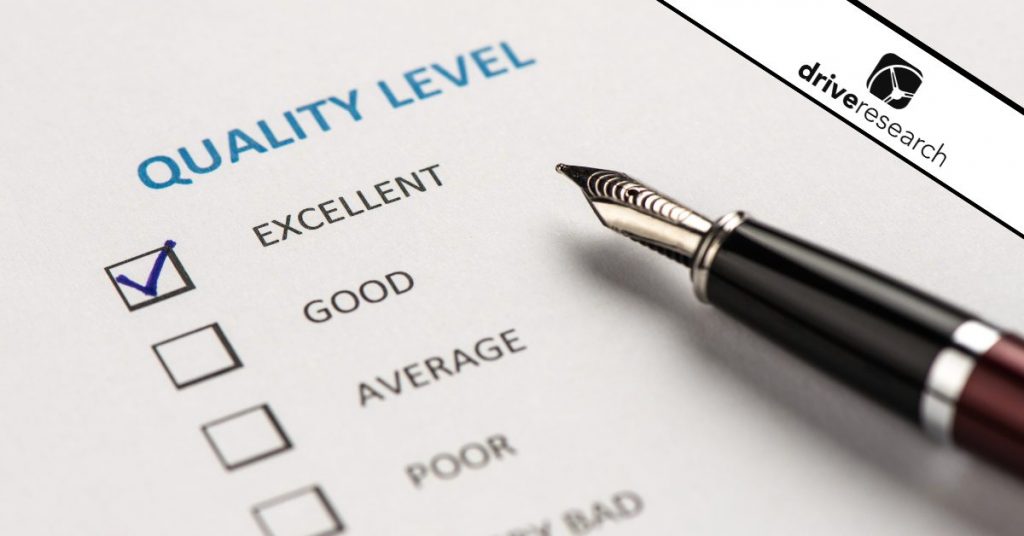
Have you ever taken an online survey? Did you ever notice a little bar at the bottom of the screen filling up as you answer questions?
That is a progress bar.
Progress bars are designed to help respondents understand the amount of the survey they have completed. Or, if you are anything like me, it gives respondents an indication of how much of the survey is left.
What Are Progress Bars?
Progress bars help respondents understand how quickly they are progressing through the survey. Before clicking on an online survey link, respondents should be informed of the approximate amount of time needed to complete the survey.
However, survey length depends on a plethora of variables. For example, if some questions are answered in a specific manner it can either lead to more or less follow up questions. This can make the bar progress move more slowly or quickly than expected, which can be frustrating for respondents.
Are Progress Bars Effective?
Enter the progress bar debate.
Do they help or hinder your respondent experience? Do progress bars, or a lack of a progress bar, deter people from taking surveys?
Every survey market research firm, small or large, has encountered this problem and tried to solve it. Some include progress bars and others have completely omitted them from surveys.
Progress bars can be extremely effective in letting the respondent know how much of the survey they have left. However, progress bars can deter respondents from finishing surveys because they see how much more they have to complete.
Ideally, progress bars are used to keep respondents engaged and keep track of how much of the survey they have completed.
How Does Our Online Survey Agency Utilize Progress Bars?
Every research analyst at Drive Research builds their own surveys. How we build and model our surveys depends on several factors. This includes survey length, type, market, and analyst discretion.
Our analysts, based on their personal opinion and length of the survey, may choose to include or omit a progress bar. Most include progress bars in more traditional surveys that do not have extensive routing (i.e., follow-up questions based on responses).
When surveys become more complicated it can affect progress bars. This will usually lead an analyst to not include a progress bar in a survey. However, the final decision is the opinion of the analyst. Some think they are helpful, others are against them full-heartedly.
Learn more about our online survey research company.
Contact Our Online Survey Company
Drive Research is a national market research company. Our team of research analysts can help write and program the perfect online survey for your specific team, objectives, and project needs.
Interested in conducting an online survey with Drive Research? Contact us below.



